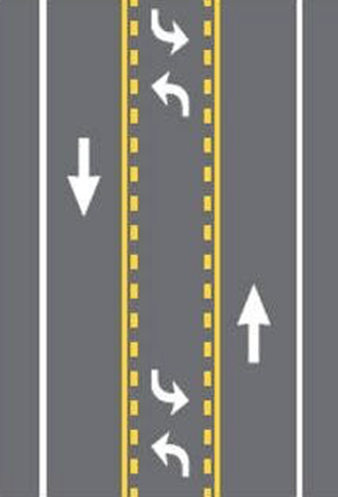Lesson One: Signs, Signals, and Pavement Markings (3.1)

Traffic Signs
There are three categories of signs. Regulatory signs are red/white or black/white. They state the law and require your immediate attention and response. Stop signs and speed limit signs are two examples. Warning signs are yellow/black or orange/black. They warn that a change in your attention, speed, and/or lane position is needed. Guide signs are blue, green, or brown. They provide information and help guide you from one place to another.
 Traffic Signals
Traffic Signals
Most intersections are controlled by regulatory signs or traffic lights. Complex intersections have both. They’re designed to manage traffic flow and assign yielding responsibilities. Lines, signs, and lights work together. For example, a stop sign tells you to stop and the stop line or crosswalk tells you where to stop. Where there are no lines but a sidewalk is present, stop before entering that unmarked crosswalk. Where there is no pedestrian walkway, you may stop at the curb line.

Pavement Markings
All roads have lanes, but not all have lines. Residential streets have two or more lanes but no lines. Position your car to the right of the center of this roadway. Arterials have lines and two or more lanes. Some lines are yellow, others are white, and each has a specific meaning. Yellow lines separate traffic moving in opposite directions. White lines separate traffic moving in the same direction. Always position your car to the right of a yellow center line.
 Traffic Signs Signals and Pavement Markings
Traffic Signs Signals and Pavement Markings
 Signs Activity
Signs Activity
Essential Questions
-
What are the different categories of signs?
-
How do signs, signals and pavement markings regulate traffic?
Regulates traffic movement.
A type of sign that indicates a potential hazard, obstacle, or condition requiring special attention.
A type of sign that gives information.
Where two or more roads come together.